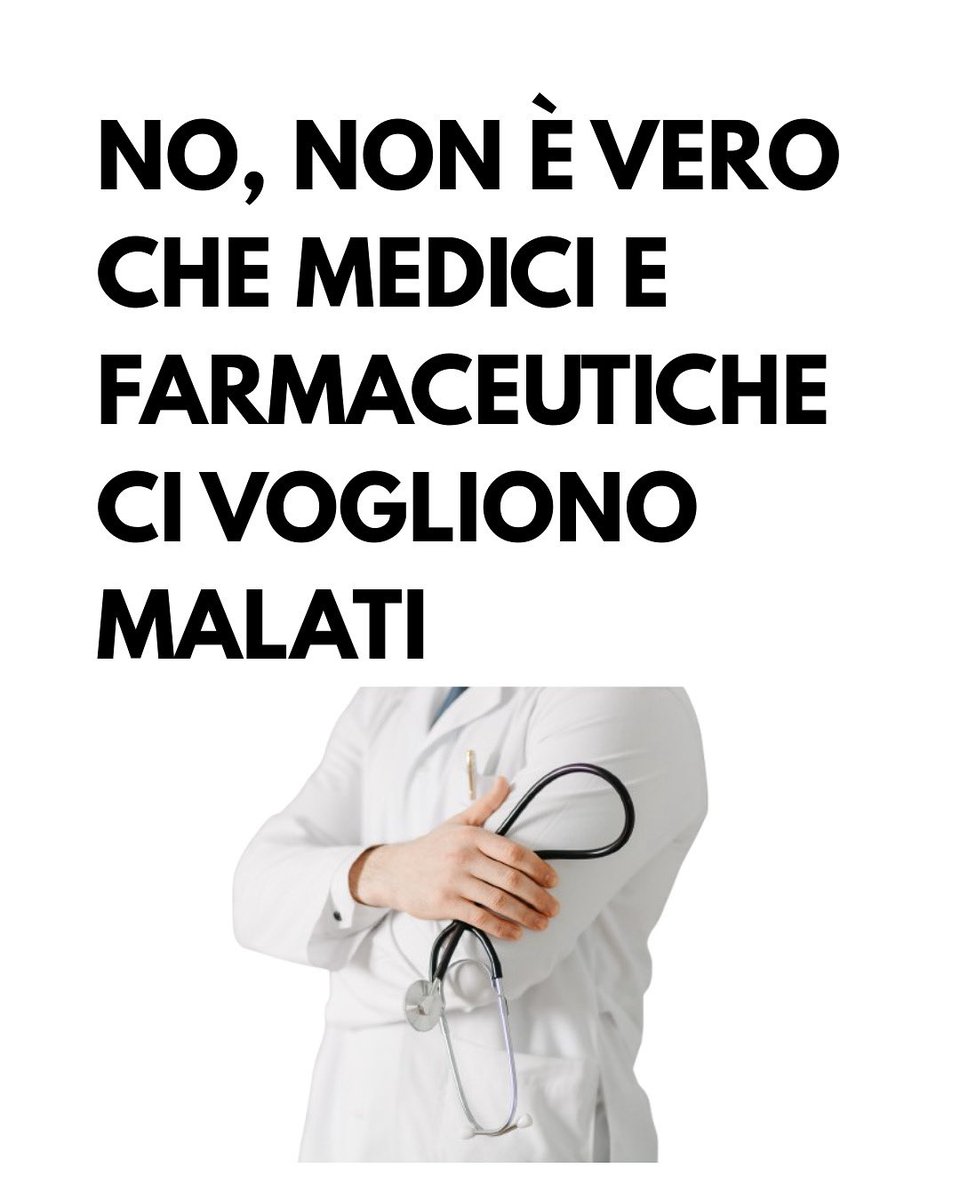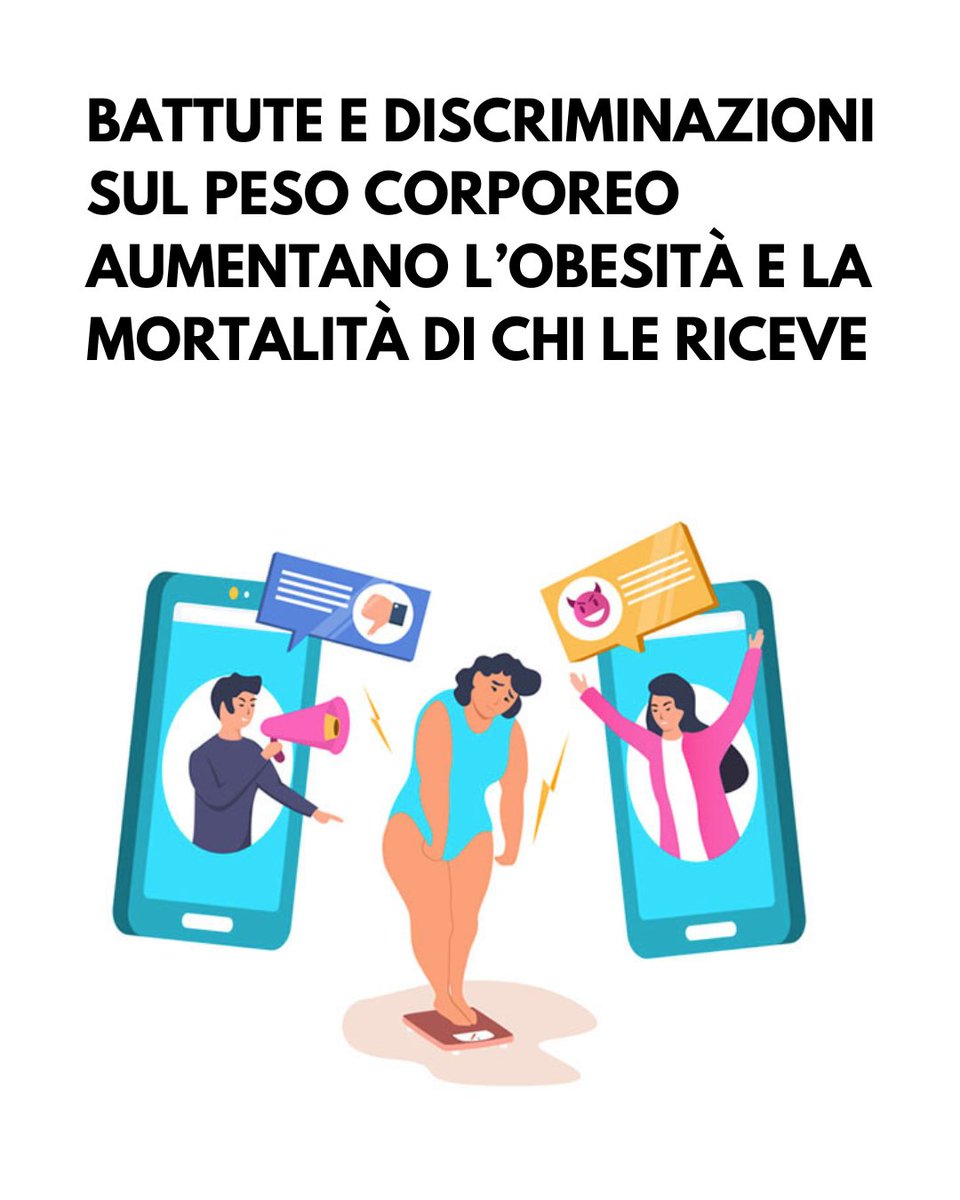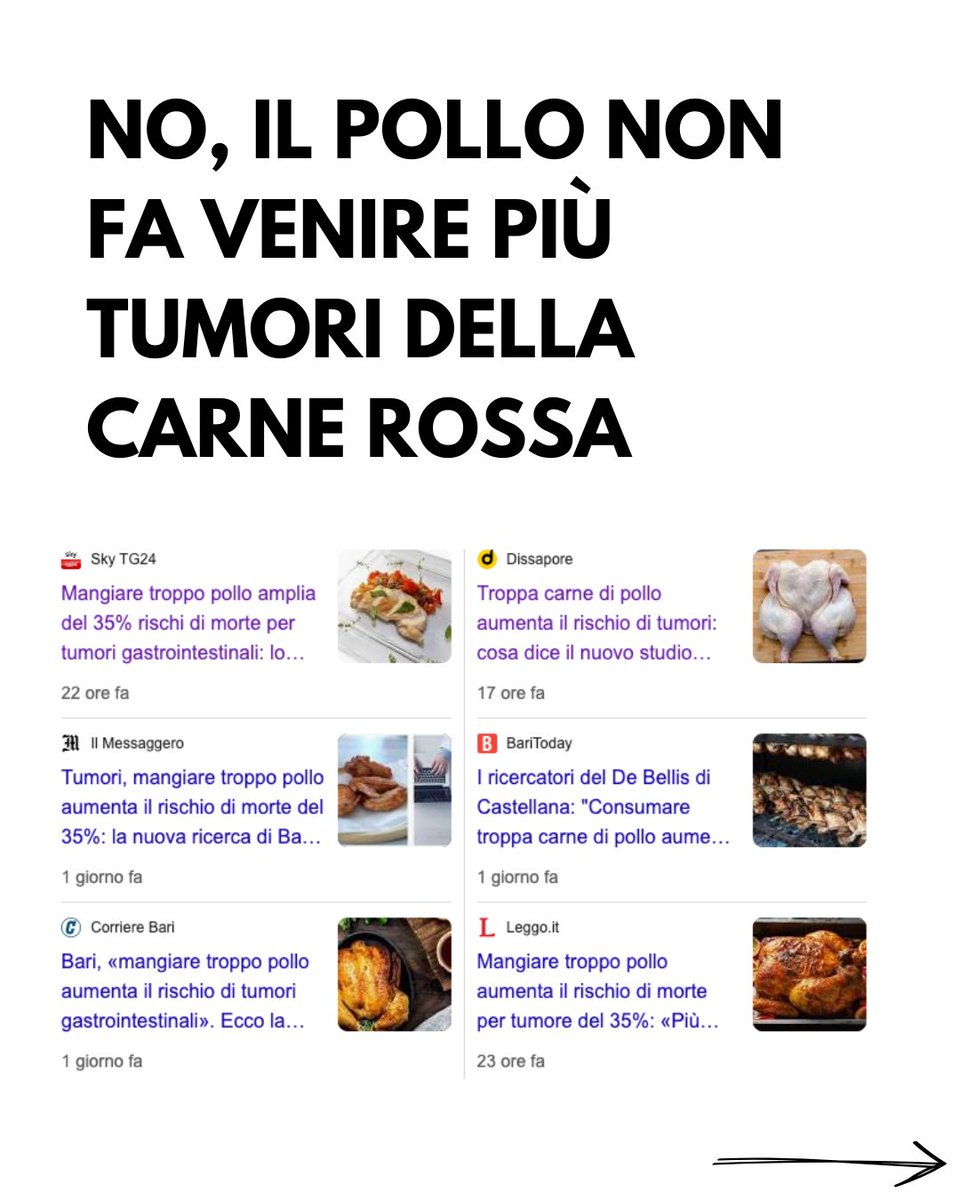POTENTIAL mechanism explaining #AstraZenaca vaccine adverse effects.
DISCLAIMER: lots of simplifications will be used
Let's make together a hot chocolate!
Imagine human blood as hot chocolate, is a perfect balance between liquid and solid! 1/n
DISCLAIMER: lots of simplifications will be used
Let's make together a hot chocolate!
Imagine human blood as hot chocolate, is a perfect balance between liquid and solid! 1/n

If you ever tried to make hot chocolate you know that you need to be extremely careful mixing the two ingredients (cocoa powder and milk). If not it becomes either too dense or too liquid. 2/n 

Human blood is the same, too many coagulation factors will create a deadly clot and vice-versa too liquid will cause fatal bleeding. Platelets contribute directly to this complex equilibrium. 3/n 

Platelets are directly involved in wound healing (they repair the scar) and also their activation contributes to clots formation (thrombosis). ok, cool. on the other hand, we have Heparin, a very potent anticoagulant.
4/n
4/n

Sometimes happen that when heparin (especially the artificial one) is bound the platelets (PF4 specifically) our body doesn't like this complex. What normally our body does when doesn't recognize something? Creates ANTIBODIES against it! 5/n 

Recap, heparin (anticoagulant) binds to platelets ( coagulant) and form a complex. Our body doesn't recognize this complex and start attacking it with antibodies. Result? Platelets destruction and activation! also called Heparin-induced thrombocytopenia (HIT)
6/n
6/n

The most common symptom of HIT is the development of a blood clot in the body. This may take the form of clots either in arteries or veins, causing arterial or venous thrombosis, respectively. Examples of arterial thrombosis are stroke, myocardial infarction ("heart attack")7/n
Those symptoms look like the ones observed in some vaccine adverse events. So the scientists hypothesized the same mechanism. 8/n
sciencemag.org/news/2021/04/h…
sciencemag.org/news/2021/04/h…
But in this case, is not the Heparin triggering the platelets destruction BUT the DNA vaccine. Astrazeneca vaccine is an adeno-associate virus-carryingAstraZeneca DNA encoding for SPIKE protein. 9/n 

Some of the billions of viral particles (don't worry they are not injecting you Sars_CoV2) may break up and release the DNA that is negatively charged and may bind the platelets factor 4 (PF4) that is positively charged!
10/n
10/n

According to this hypothesis mRNA vaccines, shouldn't trigger the same reaction.
What I explained here is a HYPOTHESIS that tries to recapitulate and explain some RARE adverse effects observed in some people who received Astrazenaca Vaccine. 11/n
What I explained here is a HYPOTHESIS that tries to recapitulate and explain some RARE adverse effects observed in some people who received Astrazenaca Vaccine. 11/n

We are looking for seeing more info and data, but for the moment the vaccine remain SAFE and EFFECTIVE
@RobiVil
@mtizzoni
@gianlucac1
@marcocattaneo
@ScaltritiLab
@vassiljieva
@CrossWordsCW
@ThManfredi
@bicidiario
@Antonio_Caramia
@stefaniaconti
@GianlucaPistore
@RobiVil
@mtizzoni
@gianlucac1
@marcocattaneo
@ScaltritiLab
@vassiljieva
@CrossWordsCW
@ThManfredi
@bicidiario
@Antonio_Caramia
@stefaniaconti
@GianlucaPistore
@emmecola
@girolamogiudice
@massimofantini4
@GiacomoGorini
@Doom3Gloom
@bad_scientists
@Di_SPACE_Lauro
@lucacozzuto
@StefanoBerto83
@marco_heffler
@itosettiMD_MBA
@girolamogiudice
@massimofantini4
@GiacomoGorini
@Doom3Gloom
@bad_scientists
@Di_SPACE_Lauro
@lucacozzuto
@StefanoBerto83
@marco_heffler
@itosettiMD_MBA
• • •
Missing some Tweet in this thread? You can try to
force a refresh














